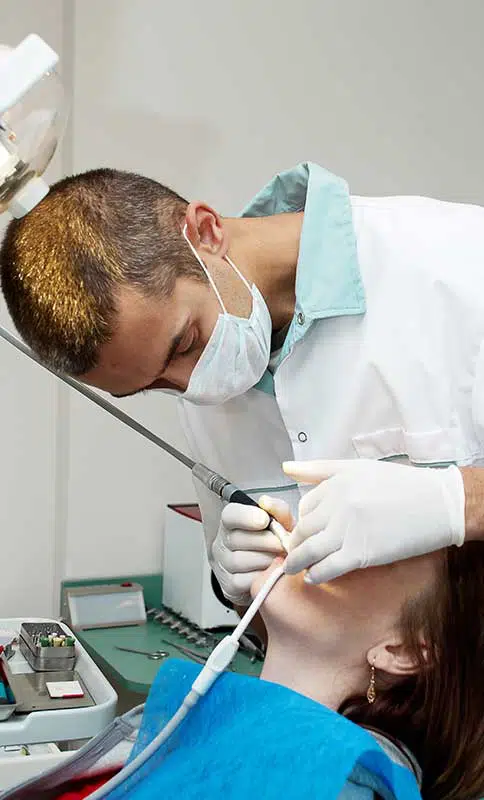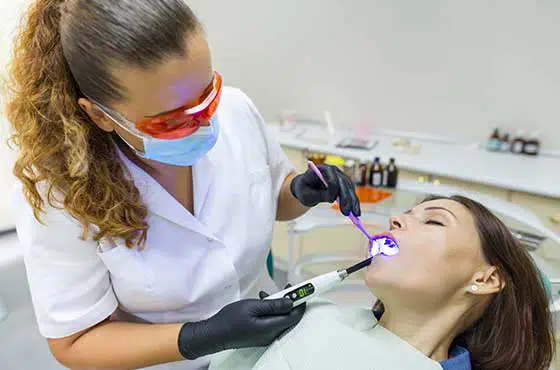Sedation Dentistry: Enjoy Stress-Free Treatment for Your Pearly Whites
A lot of people skip regular dental checkups because they fear the dentist or suffer from dental anxiety.
Sedation dentistry can be very helpful in such cases. It provides a safe and stress-free dental experience to patients who have fear of dentists. While sedation dentistry is wrongly thought to induce sleep, most sedatives used actually allow patients to stay wide awake during a dental procedure.
Sleepiness is just a side effect of most drugs, but nitrous oxide, oral sedation, and IV sedation only work to treat anxiety.
Sedation dentistry is also convenient and pain free, as most sedatives can be taken orally. Some work so effectively that the details of the procedure cannot even be remembered afterwards. Safety and compliance are essential, though.
Whatever type of sedative a patient is given, it is important that they are accompanied by a caregiver when they take it. Some types are given the night before the appointment, which makes driving to and from the dental office a little risky.

What are the Benefits Associated with Sedation Dentistry?
Anxiety Relief
Less Gag Reflex
A gag reflex is a good thing. The throat has to expel any intrusive, foreign items. However, in some cases, this can be a hindrance, like when performing a dental procedure. There are instances wherein the dentist needs to go deep inside the oral cavity, and the gag reflex prevents that.
The patient’s spasm can cause damage, depending on the procedure being done. With sedation dentistry, this will no longer be an issue. The gag reflex will be temporarily paralyzed, allowing the dentist to work more efficiently and faster. This likewise puts the patient in a more comfortable position.
Pain Relief
Understandably, some people fear that going to the dentist will be a painful experience. Everybody wants painless and stress-free dental care and this is what makes sedation dentistry popular! The brain will not be able to register pain under the influence of sedatives and anesthetics.
With sedatives, more can also be accomplished every visit.
Types of Sedation Dentistry
Several types of sedation can be administered depending on the procedure involved and the patient’s needs.
At Century Dental, we often only do mild sedation.
Mild sedation can be administered through inhalation or orally. The most popular form probably is nitrous oxide, also known as “laughing gas.” This helps keep patients conscious throughout the procedure. Patients can breathe on their own and feel completely relaxed while the dentist performs the necessary procedure/s.
Moderate sedation, which combines an oral drug and IV sedation, are suitable for patients with moderate forms of dental anxiety. Patients are often asked to take an oral medicine before their appointment. In the clinic, the dentist may inject sedatives directly into the bloodstream to ease the anxiety faster and better. As with mild sedation, this will also keep patients completely conscious, but a caretaker to drive home is recommended after a procedure.
Deep sedation involves the use of a general anesthesia. This is indicated for patients who are scheduled for invasive or complex dental procedures like dental implants, root canals, etc. Throughout the procedure, the patient is unconscious, requiring breathing assistance. A caretaker is required to accompany the patient.
Types of Administration
As mentioned earlier, most sedatives, especially mild ones, can be administered via inhalation or orally. With inhalation, like with nitrous oxide, recovery is quick. Patients can resume their normal activities immediately.
As for oral medications, it’s very convenient and easy, too! The drug is often taken an hour before the appointment. The patient will be fully relaxed by the time he or she arrives at the office.
Which Type is Right for You?


